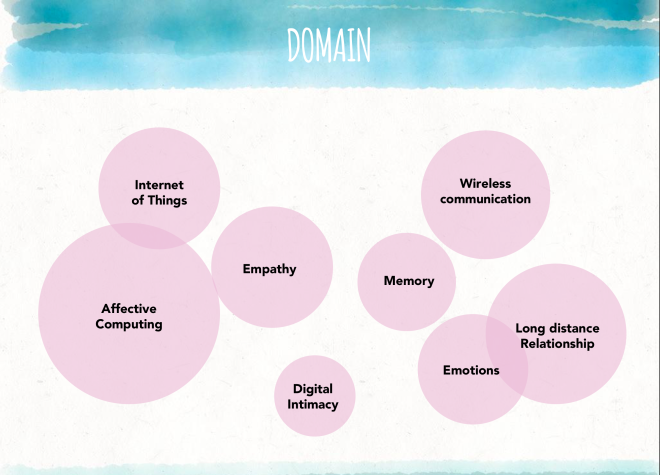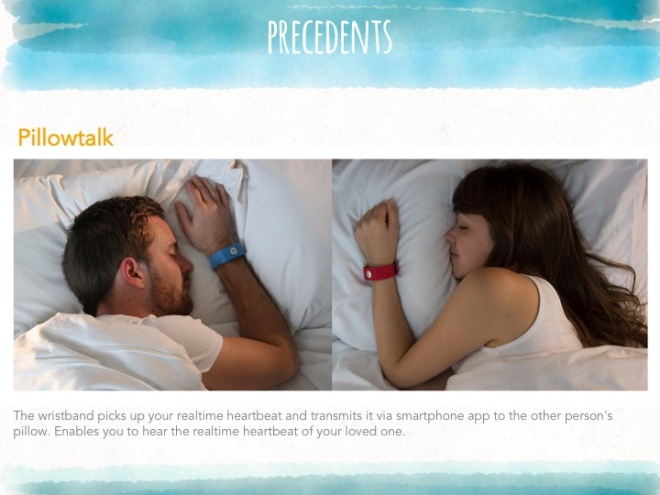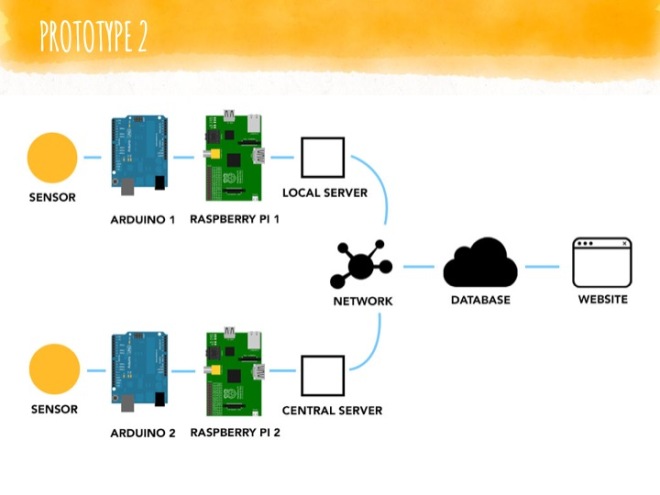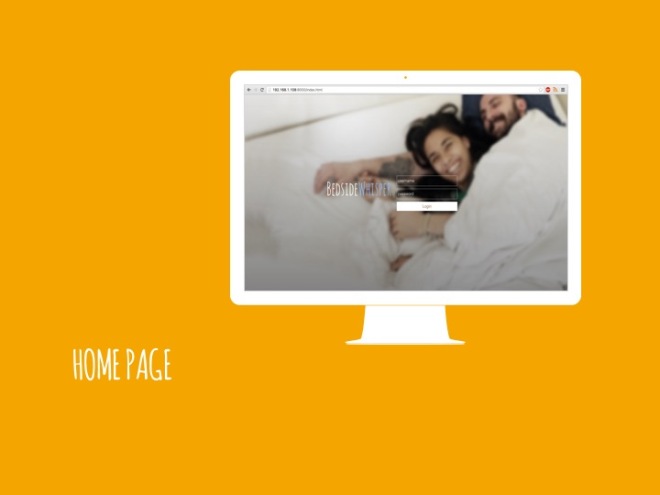Question:
Communication technologies have continued to dissolve the spatial proximity between people. Communication tools such as Skype, Phone call, and Facebook Messaging allow us to timeshift and connect with people in different time zones. However, removal of physicality often leads to miscommunication of feelings and thoughts, while blurry pausing unreality of video chat only makes you yearn for real-life interactions all the more. How can technology be used to augment human intimacy and communication amongst long distance relationships?
Concept statement:
“Bedside Whisper” aims to enrich long distance communication and relationships by creating a sense of physical presence of your loved one. The product is a pillow that records your voice and wirelessly sends the recording to a private website shared between you and your lover. Through the pillow, you can hear the bedside thoughts of your boyfriend/girlfriend whenever you want.
Domains:

Precedent:

Prototyping:
Prototype 1:
After user testing, I realized three major things I needed to change:
1) Capacitive touch sensor to Force sensor since capacitive touch sensors were too sensitive and prone to error.
2) Add a girlfriend version so the pillows can talk to each other.
3) Improve the website so it feels more customized to the user and has security (log in and password)
Breakdown of tech components:
New tech flow:

I replaced the two capacitive touch sensors with 4 force sensors I made with capacitive foam and conductive thread. In order to use the force sensors and read their serial values, I added an Arduino for each Pi. I also added another raspberry pi to the existing boyfriend pillow to complete the couple. By using TCP network, I created a central server to store both pillows’ recording filepaths and push them to Parse database.
New Website:

The homepage now directs you to a screen with a log in and password so other people are prevented from hearing your secret recordings to your boyfriend/girlfriend.
Demo Video:
Code:
(client folder is for the Girlfriend pillow and node-parse-backup3 if for the Boyfriend pillow)
Future Iteration:
Since I already created a network, now I can have the pillows talk to each other rather then sending the recordings to a website. Hence, one would hug the pillow to record and squeeze another spot to listen to your lover’s latest recording. I also want to add more features to the website such as product instructions and a profile setup page for couples to use.






























